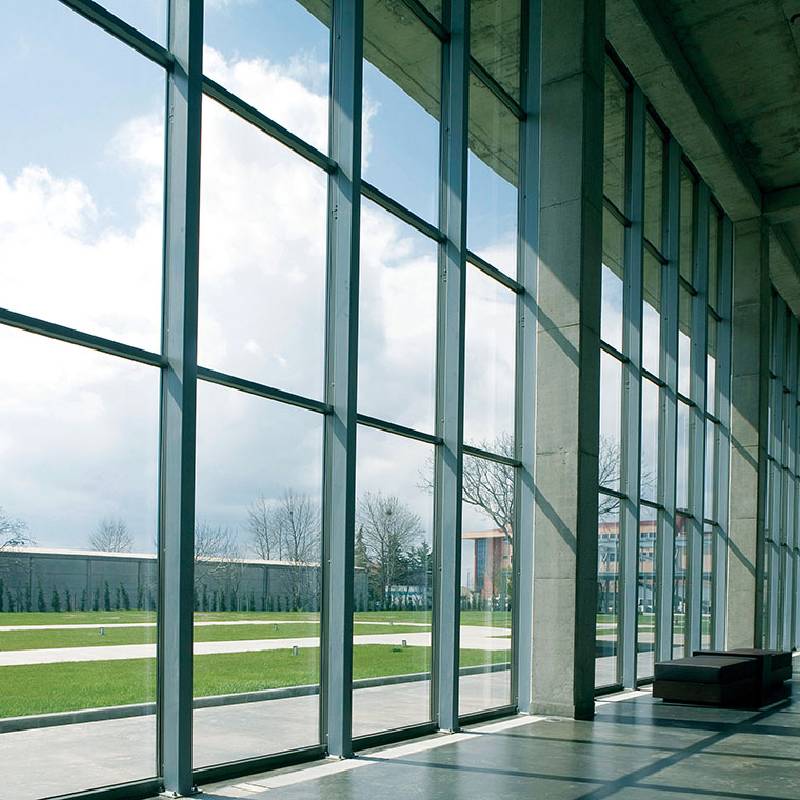

Understanding Tempered Glass The OEM Advantage
In today's world, glass is not merely a functional material; it has evolved into a vital element of architectural design and home aesthetics. Among the various types of glass available, tempered glass stands out due to its superior strength, safety features, and versatility. When discussing tempered glass, particularly in an OEM (Original Equipment Manufacturer) context, understanding its properties, applications, and benefits becomes crucial for manufacturers and consumers alike.
What is Tempered Glass?
Tempered glass, also known as toughened glass, is created through a process of extreme heating and rapid cooling. This process increases the glass's strength compared to regular glass, making it approximately five to seven times stronger. If broken, tempered glass shatters into small, blunt pieces, significantly reducing the risk of injury. This safety feature is one of the primary reasons why tempered glass is favored in various applications, from car windows to high-rise buildings.
Applications of Tempered Glass
The uses of tempered glass are vast and varied. In architecture, it is commonly used for windows, doors, and facades, providing both strength and aesthetic appeal. In the automotive industry, tempered glass is utilized for windshields, side windows, and back glasses, ensuring driver and passenger safety. Other applications include shower doors, glass tables, and even glass doors for ovens. The versatility of tempered glass makes it an indispensable component in residential, commercial, and industrial settings.
The OEM Advantage in Tempered Glass Production
When it comes to tempered glass, engaging with an OEM can offer several advantages. OEMs specialize in manufacturing products that meet specific standards and requirements set by their clients. Here are some of the key benefits of opting for tempered glass from an OEM

1. Customization OEMs can produce tempered glass to meet unique specifications. Whether it’s a specific size, thickness, or finish, manufacturers can work closely with OEMs to create tailored solutions that cater to individual project needs.
2. Quality Assurance Established OEMs adhere to stringent quality control measures. This ensures that every piece of tempered glass produced meets safety and performance standards, which is particularly important in applications like construction and automotive sectors where compliance with regulations is mandatory.
3. Cost Efficiency By working with an OEM, companies can often reduce production costs. OEMs leverage economies of scale and advanced manufacturing techniques to deliver products at competitive prices without compromising on quality.
4. Partnership Opportunities Collaborating with an OEM opens doors to strategic partnerships. By developing a reliable supplier relationship, companies can benefit from ongoing support, including design advice, technical assistance, and even rapid prototyping.
5. Innovative Solutions Many OEMs invest in research and development, leading to innovative products and solutions. Whether it’s advanced coatings for improved thermal performance or enhanced aesthetics, working with an OEM can provide access to the latest advancements in tempered glass technology.
Conclusion
Tempered glass is an essential material that combines safety, strength, and versatility, making it suitable for numerous applications across various industries. When choosing tempered glass, opting for an OEM can significantly enhance the production process, offering customization, quality assurance, cost efficiency, and innovative solutions. As the demand for tempered glass continues to grow, understanding its benefits within the OEM framework will enable businesses and consumers to make informed decisions, ultimately leading to safer and more beautiful spaces.